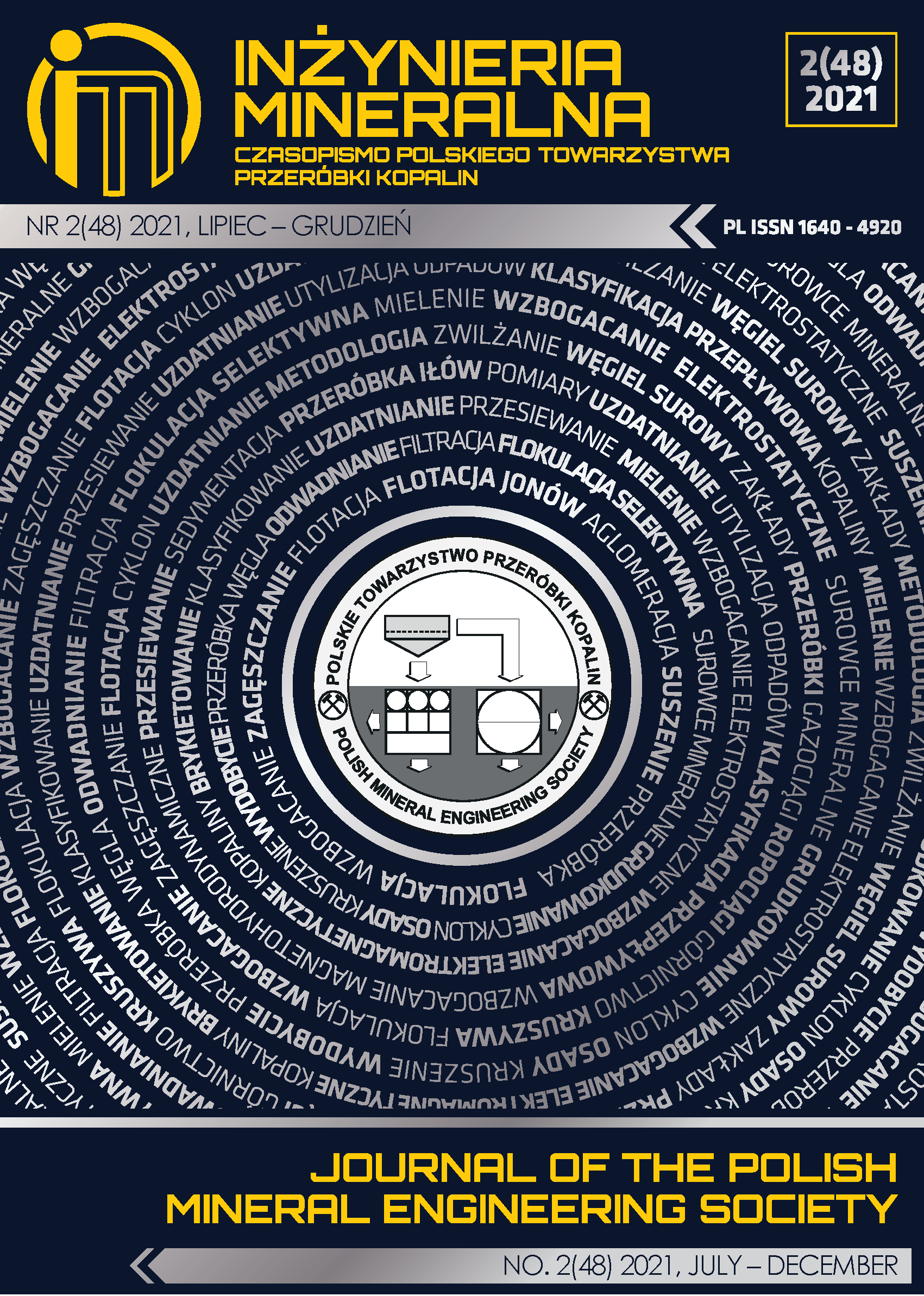Genotype TNF-α(-308) and Silicosis on Factory Workers in Vietnam in 2020
Abstract
The studFigy aims to determine the TNF-α single-nucleotide polymorphism TNF-α (-308) and
assess the association of TNF-a(-308) SNP with the risk of silicosis among workers directly exposed to
silica dust in Vietnam. A study was undertaken among 78 cases with silicosis and 103 controls without
silicosis in Vietnam. Blood samples were collected for genomic DNA extraction from each subject. The
phenotyping of TNF-α(-308) was performed using polymerase chain reaction‐based restriction fragment
length polymorphism (PCR‐RFLP) and dye termination sequencing. Results: The average exposure time
of the case group was slightly higher than that of the control group (12.46 ± 6.732 years vs. 12.09 ± 7.854
years). The majority of genotypes in both silicosis and non-silicosis was GG. When analyzing the
concentration of TNF-α in the study participants' blood, it is shown that the average concentration of TNF-
α in the case group was higher than that in the control group. The genotype AG in the case group was
1.368 times higher than that in the control group. The percentage of all A alleles in the case group with
silicosis was 1.342 times higher than the control group without the disease, similar to previous studies.
Conclusion: The majority of genotypes in both groups was GG. The average concentration of TNF-α in
blood, genotype AG, and the percentage of all A alleles in the case group was higher than that in the
control group.
Copyright (c) 2021 Viet NGUYEN ,Thi Thu Huyen NGUYEN ,Xuan Dat DAO ,Xuan Quy VU ,Thi Quan PHAM ,Thi Kim Chung LE ,Huy Thinh TRAN ,Thi Huong LE ,Ngoc Anh NGUYEN ,Viet Nhung NGUYEN ,Ngoc Hong NGUYEN ,Mai Anh LUONG ,Thi Thanh Xuan LE

This work is licensed under a Creative Commons Attribution-ShareAlike 4.0 International License.
This journal permits and encourages authors to post items submitted to the journal on personal websites or institutional repositories both prior to and after publication, while providing bibliographic details that credit, if applicable, its publication in this journal.







.png)
